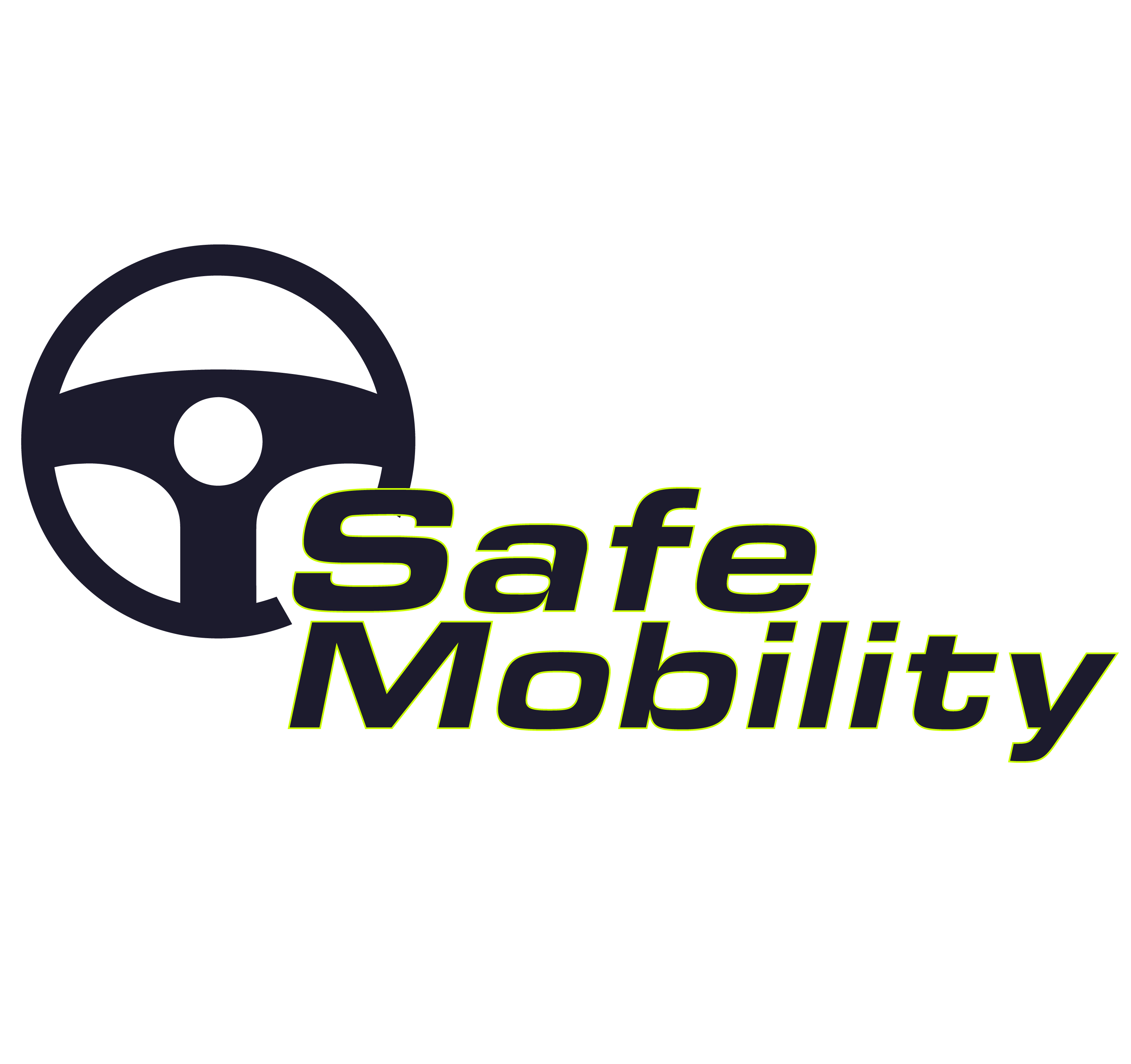Applying Knowledge of Human Factors in Road Design
Human factors is a discipline that integrates knowledge of psychology, physiology, cognition, kinesiology, and human behavior into systems design. Understanding human factors is valuable for determining when users of a system are most likely to commit mistakes or make errors when interacting with that system. In the context of road design, knowledge of human factors can help engineers design facilities that are more responsive to the needs of different users. With a sound understanding of human factors, engineers can design user-centric road environments that are attuned to the capabilities and limitations of humans.
Over the past 20 years, transportation professionals have increasingly recognized the importance of human factors. The publication of NCHRP Report 600 (Human Factors Guidelines for Road Systems) in 2012 and 2021, the growing number of agencies embracing the Safe System Approach, the concept of self-explaining roads, and calls for holistic, integrative thinking in road design all point toward a trend within the industry of building and maintaining road environments that accord with user expectations. The Human Factors Guidelines for Road Systems states that successful facilities integrate and balance the needs and constraints of design, traffic control, and users. This can happen only if road designers collaborate with traffic engineers and other subject-matter experts throughout project development and imagine themselves as different types of road users expected for the context of the facility when they are putting together a design.
If a designer can put themselves in the shoes of a motorist, micromobility user (micromobility devices include bicycles, e-bikes, e-scooters, and electric skateboards) pedestrian, or a person with a disability and think about how those individuals would engage with a facility, as well as conflicts and interactions that could arise with other users, they will be able to produce a design that aligns with user expectations. Designs that violate user expectations or fail to balance the competing needs of user groups result in slow reactions, mistakes, poor decision making, and misperceptions. All of which degrade safety and efficiency.
The Highway Safety Manual identifies four factors that influence how users interact with roadway environments and one another: (1) attention and information processing, (2), vision, (3) perception-reaction time, and (4) speed choice. Although speed choice applies mainly to drivers, the first three have relevance for all users.
A good starting point for thinking about user-centric design is to consider how users scan and perceive road environments. Users typically search the road environment for the most meaningful information and adapt their behaviors accordingly. All users have a finite attention span, and a limited ability to process information. Many variables influence how a user scans roadway environments to detect the most critical information and then react appropriately:
- Age, vision, experience, cognitive ability, and familiarity with the road
- Speed, vehicle type, traffic volume, one-way traffic flow, two-way traffic flow, control type (e.g., full, partial, or no access control)
- Highway characteristics such as functional and context classification, lane width, shoulder width, sight distance, pavement type and condition, roadside, grades, curvature
- Environmental factors (e.g., weather, land use, pedestrians/bicyclists, context, time of day, lighting, points of interest)
Visual information profoundly shapes road user decision making — especially drivers. A driver’s field of vision is limited, and when searching downstream areas they tend to restrict the vertical and horizontal extent of their direct gaze. Drivers rely on peripheral vision to detect objects not directly in their line of sight, but they are less likely to identify objects (e.g., signs, pedestrians) that contrast poorly with the background in terms of brightness, color, and texture. Similarly, when a driver experiences multiple conflicting demands, they are less able to detect objects in their peripheral vision.
Another point to keep in mind is that how drivers search the road environment differs for tangents and horizontal curves. On tangents, drivers can pick out information about the vehicle path and its lateral position by looking ahead. But navigating curves increases visual demands because information about lane position diverges spatially from roadside features (e.g. signs). Installing advisory signs upstream of curves can reduce the visual demands placed on road users while they navigate a curve and therefore bolster safety.
A driver’s ability to scan the road environment relates strongly to their perception-reaction time (PRT). PRT is the amount of time required for a driver to detect a target, process information, decide what to do, and react. The concept of PRT is generally reserved for motorists, however, it can be useful to think about how long it would take other users to respond to objects and threats in the environment (e.g., the amount of time a pedestrian needs at an uncontrolled crosswalk to detect vehicles and micromobility users and decide on a course of action).
PRT can vary significantly between people and is contingent on information processing capabilities, alertness, expectations, and vision. For drivers, the FHWA states that normal PRTs range from 0.75 seconds to 1.50 seconds. For level, non-complex roads, Green Book values for stopping sight distance assume a PRT of 2.50 seconds (the Green Book refers to this as brake reaction time). Several factors prevent drivers and users from detecting objects or hazards quickly:
- Small objects can be more difficult to identify than larger objects.
- If an object is more than a few degrees from a driver’s line of sight, they will be slower to spot it.
- If an object contrasts poorly with the background, users struggle to pick it out.
- If glare is present, users have difficulty spotting objects or hazards.
- Users take longer to identify objects that are unfamiliar or unexpected. Similarly, if a user is unfamiliar with a road environment, they may need more time to detect objects and hazards.
The complexity of the road environment and driving task influence PRT and decision making. Drivers shoulder more demands navigating complex road environments than simpler road environments. For example, making a decision on a narrow and winding two-lane road is more fraught than on an interstate with full access control. Information availability also impacts PRT and decision making. If a user has to process too much information (e.g., numerous signs, pavement markings, complex geometrics), their decision making will be slower. Likewise, if too little information is available, decision making is more sluggish because users spend more time actively searching for cues to guide their choices.
Speed can influence PRT because it affects a driver’s ability to see and interpret the road environment as well as the distance required to stop once braking begins. When drivers choose a speed, several factors influence decision making, including road geometrics, terrain, visual perception, sound cues, and posted speed limits. Road features that promote higher speeds include lengthy tangents, multiple lanes, wide shoulders, and wide clear zones. Drivers tend to go slower on more complex and hazardous roads, especially those that are narrow, have sharp horizontal curvature, or that are adjacent to steep drop-offs. When not combined with other countermeasures, advance curve warning signs do not appear to have a strong influence on driver speeds, even when the signs include advisory speeds. If used, they should be installed in tandem with other countermeasures such as pavement markings, chevrons, delineators, and dynamic speed feedback signs (DSFS). DSFS appear most effective when they are installed upstream of a curve near the advance curve warning sign.
Knowing that a user’s innate characteristics significantly impact how they interact with road environments and other users, what can engineers do to design efficient and safe roads? Attending to the influence of human factors during the design process is the clear answer, but designers need some kind of organizing framework to think about the mechanics of design.
Two noteworthy frameworks are the positive guidance approach and self-explaining roads. Popularized in the 1970s and 1980s, the positive guidance approach remains influential and appears in the Highway Safety Manual as well as the Human Factors Guidelines (but the latter places a greater focus on self-explaining roads). Under the positive guidance approach, road designs account for user capabilities, limitations, and both short- and long-term expectations. A user’s long-term expectations arise through repeated use and observation of roads in different contexts. For example, when traveling along a rural road a driver’s behaviors and where they direct their attention are shaped by past experiences on similar roads. Through these experiences a driver builds up their intuition of road geometrics, speeds, other users, and potential hazards. The justification for the positive guidance approach is that it encourages quick and correct reactions from users. Under the positive guidance approach, designers also need to work with their traffic operation SMES to leverage other strategies and devices (e.g., pavement markings, signs, flashers, delineators) and make sure that information on signs and markings is presented to users in easily digested pieces. Spacing out information and using signs that are easy to interpret and which contrast with the ambient environment is critical.
Self-explaining roads as a concept emerged in the 1990s and has a strong connection to positive guidance and the Safe System Approach. Ideally, a road should be self-explaining, which means a user can look at a road and have an intuitive understanding of how to interact with the road environment and other users. Instead of relying heavily on signage and traffic signals, self-explaining roads elicit correct behaviors based on their design. Theeuwes et al. (2017) identified three principles of SERs:
- Roads with similar functional/context classifications, speed profiles, and user mixes should have similar appearances.
- Engineers should adopt unique design languages and features for roads with different context classifications. For example, roads in a rural town context should look broadly similar.
- Users should be able to easily interpret a road environment and understand what is expected of them.
A properly designed road eliminates unintended uses, non-uniform and inconsistent design/traffic control applications, large speed differentials, and unpredictable driver behavior.
SERs are tolerant of user errors, have forgiving roadside environments, and lack conflicting, confusing, missing, or misleading information. They also incorporate redundant features to support decision making and ensure users do not miss relevant information (e.g., repeated destination signs). Creating a balanced design that can safely absorb variations in user behaviors is critical. Several strategies facilitate these goals:
- Road environments should have a large tolerance for variance in behavior.
- Road environments should be easy to use and minimize stress and anxiety.
- Use clear and multiple warning signs in advance of an incident or change in road (e.g., detours).
- Only use rules that can be enforced (i.e., minimize variance in behavior).
What ties together positive guidance, self-explaining roads, and the Safe System Approach is a commitment to designing roads that accommodate the physical, perceptual, and cognitive abilities and limitations of all road users.
Putting knowledge of human factors into action can be challenging. In addition to the condensed version of the Human Factors Guidelines for Road Systems, Table 1 presents a checklist of items designers can use to verify they are systematically considering human factors in the design process. A good rule of thumb is to employ design strategies that keep users engaged and attentive, but which do not overwhelm them and thus impair decision making.
| Table 1 Human Factors Checklist | |
|---|---|
| Accommodation of All Users | |
|
□ |
| Design Consistency of Individual Contexts | |
|
□ |
| Managing User Workloads | |
|
□ |
| Visibility of Users and Features | |
|
□ |
| Speed Choice | |
|
□ |
| Visiting Project Sites | |
|
□ |
| Cross-Discipline Collaboration | |
|
□ |
Additional Resources
NCHRP Report 600 — Human Factors Guidelines for Road Systems
- Originally published in 2012, a supplement issued in 2021 adds new chapters on topics like cyclists and pedestrians and revises several other chapters. The Designing for Safe Mobility website provides condensed versions of all entries, however, the full report is valuable for understanding the thinking that went into individual design guidelines.
PIRAC — Human Factors in Road Design. Review of Design Standards in Nine Countries
- A report from the World Road Association (PIRAC) that investigates how several countries have incorporated knowledge of human guidelines into their road design processes. The publication includes a number of safety rules that can inform design practice.
AASHTO — Highway Safety Manual
- Chapter 2 includes a detailed treatment of human factors including an in-depth review of the driving task and design considerations for elements like intersections, divided mainlines, undivided roads, and interchanges.
CONTACT:
Chris VanDyke
Research Scientist | Program Manager
chrisvandyke@uky.edu


